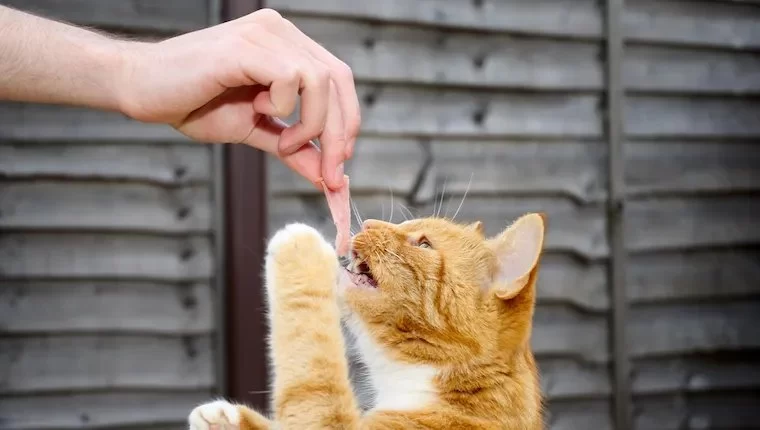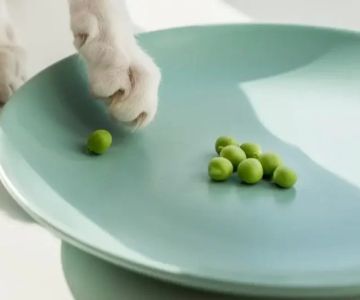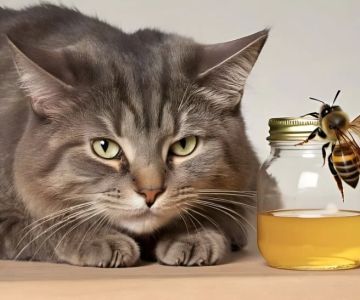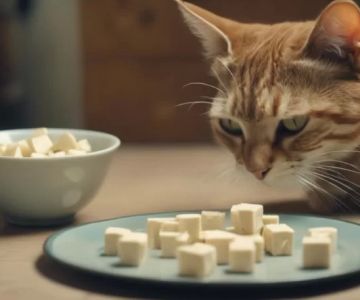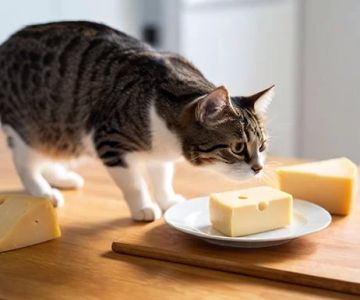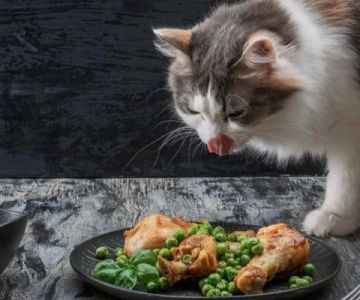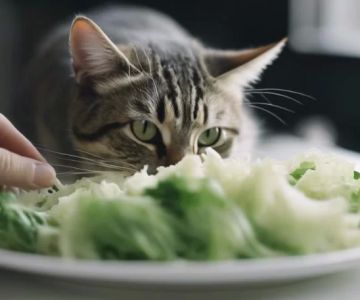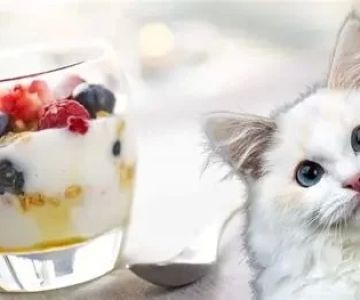- 1 - Understanding Whether Cats Can Eat Cooked Ham
- 2 - Why Ham Is Not the Best Protein Source for Cats
- 3 - Potential Risks of Feeding Ham to Your Cat
- 4 - Safe Ways to Offer Ham If You Choose To
- 5 - Healthier Protein Alternatives for Cats
- 6 - Real Case Story: When Ham Went Wrong
- 7 - Consult Hidden Brook Veterinary for Feline Nutrition Advice
1. Understanding Whether Cats Can Eat Cooked Ham
Many pet owners wonder, “Can cats eat cooked ham?” After all, ham is a common part of human meals and seems harmless in small amounts. While cats technically can eat cooked ham, it’s not an ideal or particularly healthy option for them. Ham is not toxic to cats, but its high salt and fat content can pose potential health issues, especially with regular consumption.
Cats are obligate carnivores, meaning their bodies thrive on animal protein. While ham is a meat product, it often contains preservatives, sodium nitrates, and flavoring additives that are designed for human palates, not feline health. Occasional small bites may not cause harm, but feeding it regularly could contribute to digestive discomfort, dehydration, or long-term organ strain.
2. Why Ham Is Not the Best Protein Source for Cats
When considering can cats eat cooked ham, it’s important to understand how this meat differs from cat-appropriate proteins. Most commercial or homemade hams are cured and processed, meaning they contain added salt and preservatives. Cats’ kidneys are sensitive to excess sodium, and a salty treat could lead to dehydration or, over time, kidney strain.
Additionally, ham tends to be higher in fat than lean meats like chicken or turkey. While cats do need some dietary fat for energy and coat health, too much can cause weight gain or pancreatitis—a painful and potentially serious condition. A small sliver of ham once in a while might be fine, but it shouldn’t replace your cat’s balanced diet.

3131 E Thunderbird Rd STE 59, Phoenix, AZ 85032, USA
See Details3. Potential Risks of Feeding Ham to Your Cat
Feeding your cat ham too often or in large portions can lead to several health issues. Here are the primary risks to keep in mind:
1. High sodium content: Ham is heavily salted during preparation. Too much sodium can lead to thirst, vomiting, and in severe cases, sodium ion poisoning.
2. Preservatives and flavorings: Many hams contain nitrates, smoke flavoring, or spices that can upset your cat’s digestive system.
3. Fat and calorie overload: Cats who regularly snack on fatty meats like ham may develop obesity or metabolic issues over time.
4. Processed meats and allergies: Cats with sensitive stomachs or food allergies may react poorly to processed meats, showing symptoms like diarrhea or skin irritation.
Ultimately, ham should be treated as an occasional indulgence, not a dietary staple. If your cat shows any signs of discomfort after eating ham—such as vomiting or loss of appetite—consult your vet right away.
4. Safe Ways to Offer Ham If You Choose To
If you decide to share a small piece of ham with your cat, moderation and preparation are key. Here’s how to do it safely:
1. Choose plain, cooked ham: Avoid flavored, honey-glazed, or smoked varieties. These often contain sugar, garlic, or onion-based seasonings that are harmful to cats.
2. Trim the fat: Remove any visible fat or gristle before giving it to your cat. Excess fat can upset their stomach or lead to weight gain.
3. Serve tiny portions: Think of it as a treat—no more than a small fingertip-sized piece. This limits sodium intake and prevents digestive upset.
4. Offer occasionally: Once every few weeks at most is a safe frequency. It’s best used as a special reward rather than a dietary routine.
Always provide fresh water afterward, since the saltiness of ham may make your cat thirstier than usual.
5. Healthier Protein Alternatives for Cats
Instead of ham, there are far better protein choices that provide nutrition without the risks. Cooked chicken, turkey, or lean beef are excellent alternatives when prepared without seasoning or oil. Canned tuna or salmon packed in water can also be given occasionally but should not replace a complete feline diet.
If you want to make homemade cat treats, consider baking small cubes of plain chicken breast or turkey. These options mimic the texture cats love but without the excess salt or additives. High-protein commercial cat treats, available at clinics like Hidden Brook Veterinary, are also designed to meet your cat’s nutritional needs safely.
6. Real Case Story: When Ham Went Wrong
A client once brought her cat, “Smokey,” to a vet after noticing he was lethargic and vomiting after Thanksgiving dinner. It turned out Smokey had eaten several slices of ham that had been seasoned with garlic powder and honey glaze. While he recovered after fluid therapy and supportive care, his case highlighted how easily something as simple as holiday leftovers can turn dangerous for pets.
Stories like Smokey’s remind cat owners that even “harmless” foods can pose hidden risks. The best way to keep your pet safe is to stick to foods formulated for feline nutrition and consult professionals if you’re ever unsure.
7. Consult Hidden Brook Veterinary for Feline Nutrition Advice
At Hidden Brook Veterinary, we often receive questions about human foods and their safety for pets—including can cats eat cooked ham. Our team advises that while a tiny bite may not harm your cat, frequent feeding can lead to digestive and kidney problems. We recommend sticking to balanced feline diets designed to support their nutritional needs and long-term health.
If you want to learn more about safe treats, portion control, or dietary transitions, our veterinarians can provide personalized guidance based on your cat’s age, weight, and medical history. Remember—what’s tasty for humans isn’t always healthy for cats, but with the right information, you can keep your furry friend both happy and healthy.

